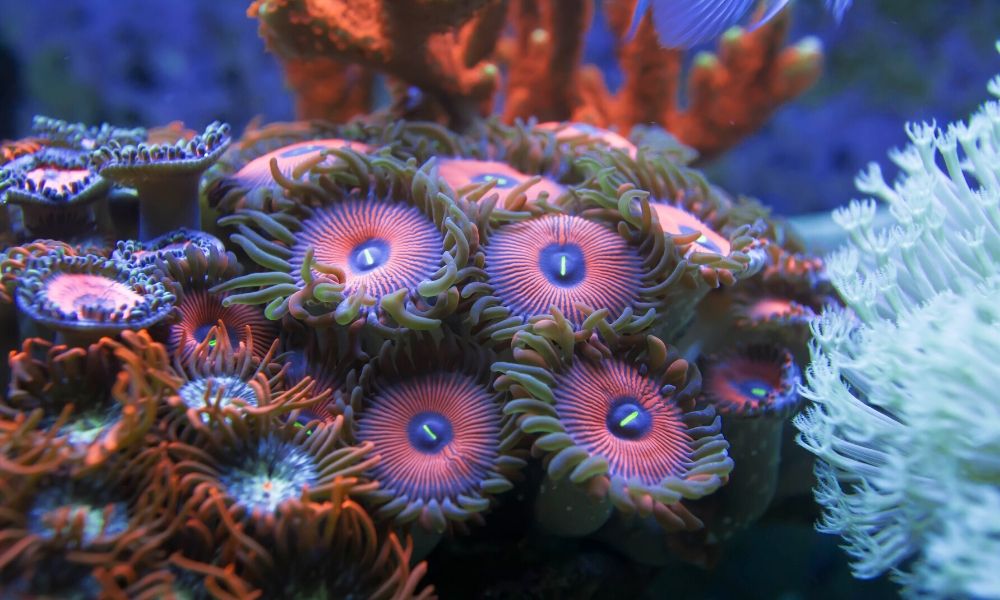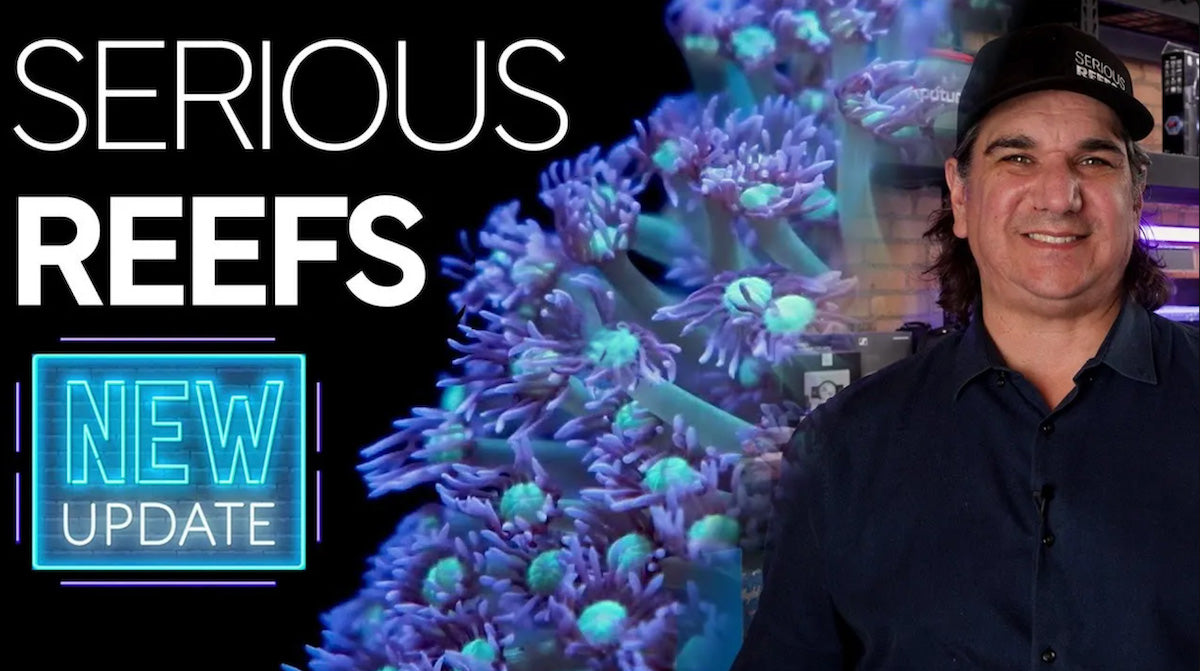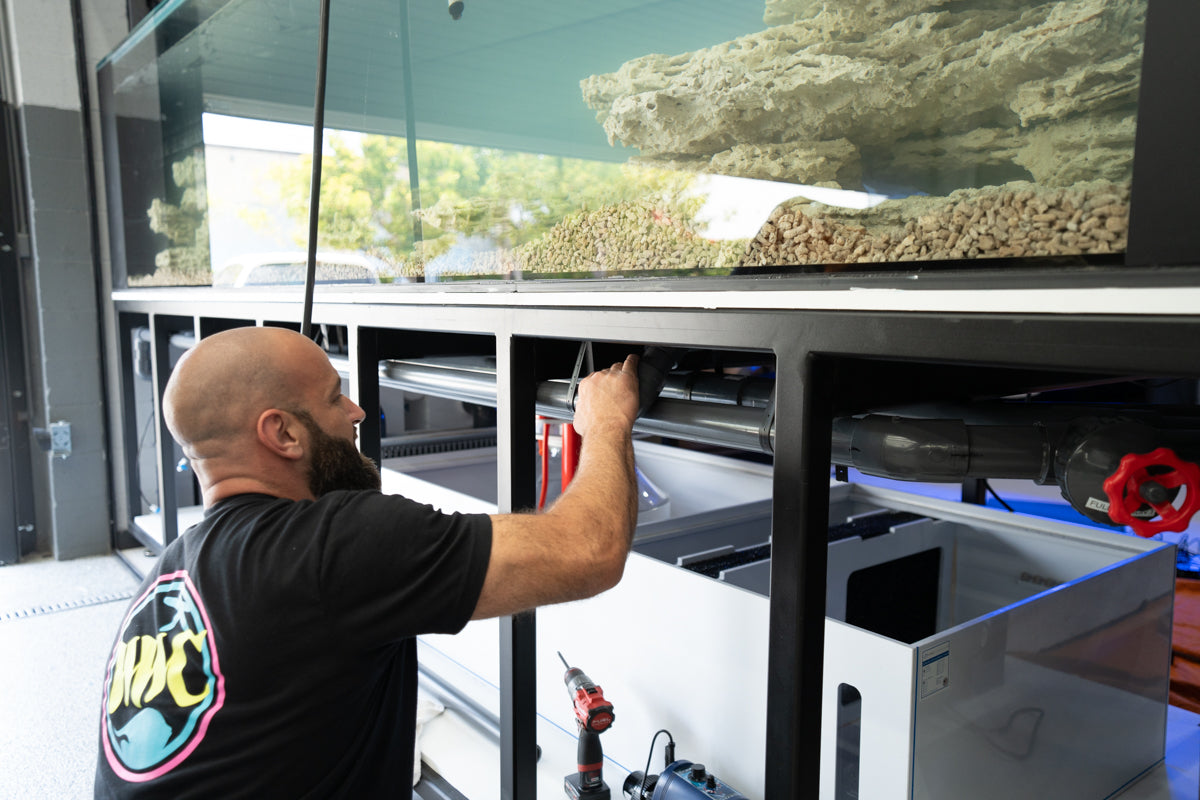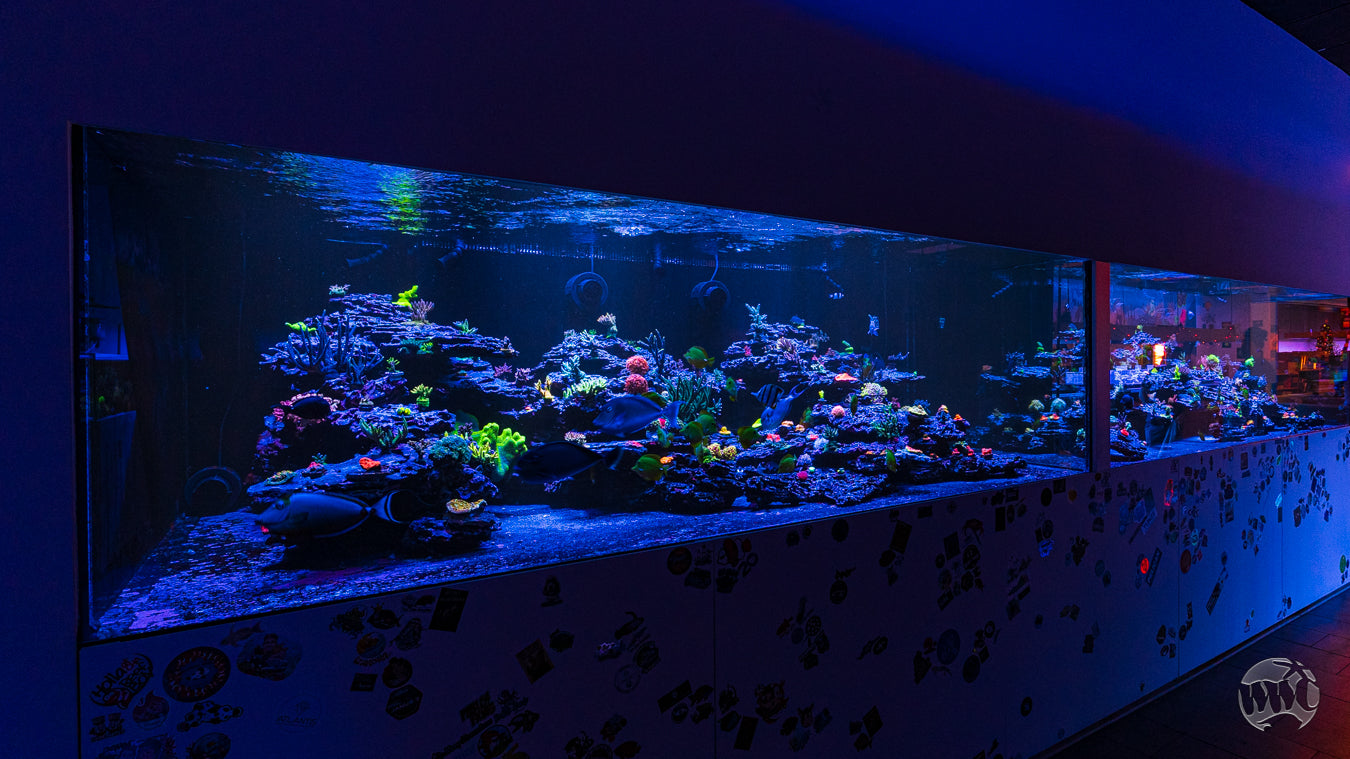
When you’re the proud owner of a premium saltwater aquarium, you want to ensure that its inhabitants remain healthy and vibrant—especially your corals. Putting them on display for your guests to see, they glow in various, vibrant, and beautiful colors. However, depending on your tank’s lighting system, their beauty may not last long. To keep your reef in the best condition, be sure to think of these considerations when choosing reef tank lighting.
Type of Lighting System
The first thing you should always consider when choosing a lighting system is the type of system you want to use. While there are several types of artificial lighting on the market, it’s often best that you go with LED lighting for the most control. LED lighting systems are typically very strong and concentrated, making them plenty powerful for any type of reef. But depending on what types of coral you keep, you may want to consider using a combination of different systems to ensure you meet all their needs.
The Intensity of the Lighting
It’s also important that you’re aware of your light’s intensity to best preserve your corals. Allow the light to be too harsh, and you risk killing your corals. Likewise, turning down the light too much can deprive them of the nutrients they need to survive. As such, you must find the proper balance for the type of corals that you have. If you aren’t sure what intensity to run your lighting system at, it’s often best to keep the intensity in the middle to see how your corals react.
Proper Color Spectrum
If you’re running an LED lighting system, you need to pay attention to the color spectrum you expose your corals to. Several species of coral, such as Favia corals, reside in deep, dark waters, so they’re often more sensitive to direct white light. As such, these species work well under blue spectrum lighting with short bursts of white lighting to promote growth. However, because it’s not healthy to eradicate white light from your tank entirely, you should use about a three-to-one ratio. It’s also important to note that this color spectrum can make the colors of your coral appear more vibrant to onlookers.
Setting a Lighting Schedule
Since corals are living organisms that can become damaged by prolonged, intense lighting, it’s also essential that you put your lights on a timer to limit their exposure. Be sure to always start your corals off with a short eight to ten hours of lighting and gradually increase if you need to. This will ensure you maintain control over how much light they receive. Placing your lights on a timer also helps to establish a consistent schedule for your corals to become acclimated.
Whether you’re caring for small colonies or larger corals, it’s important to us at World Wide Corals that you have the resources you need to keep them healthy. That’s why we seek to provide you with varying types of live coral for your collection while educating you on how best to care for them.




